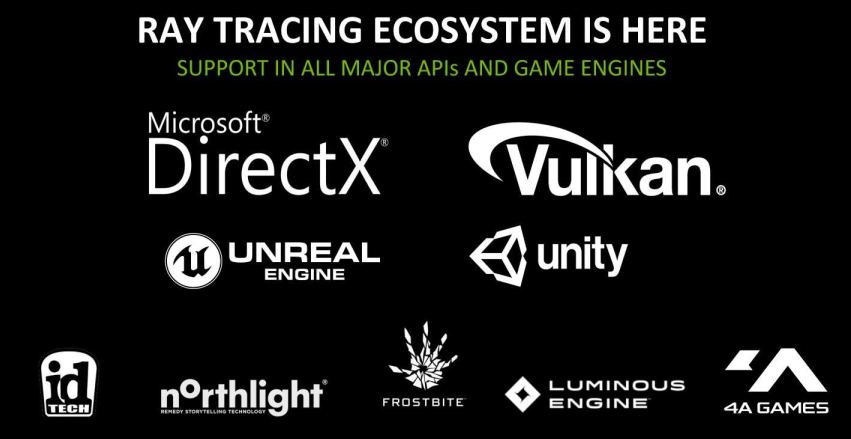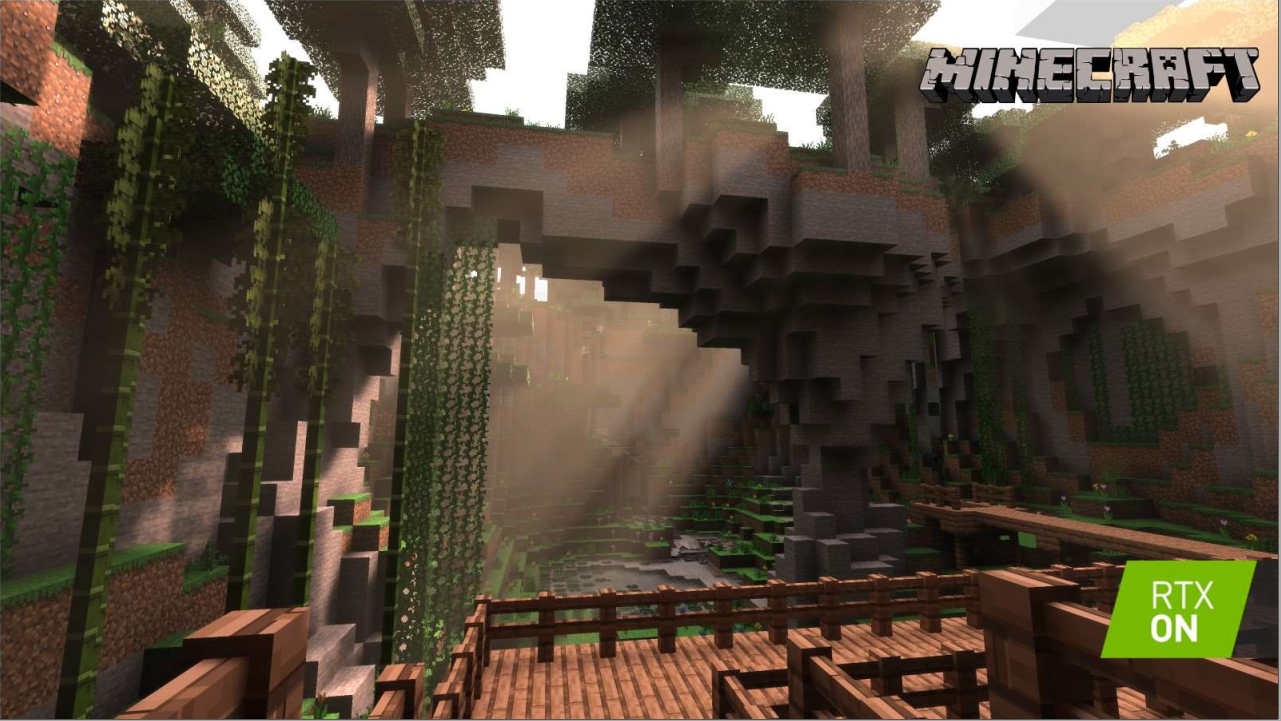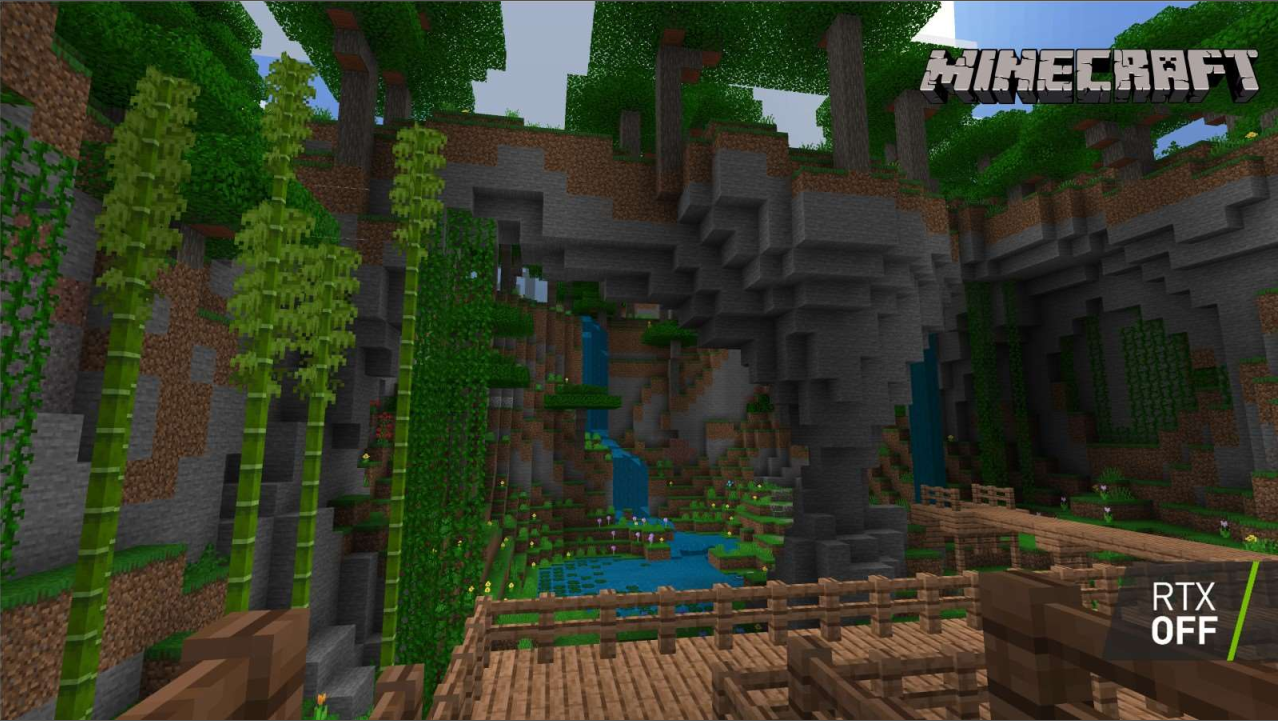Posted on October 15, 2019, 1:37 pm By Anthony Biolakis

The evolution of video game graphics makes for a very interesting read that makes us truly appreciate the advances in graphical processing technologies made over the last few decades; from the humble early representation of 3D games as wireframe vectors in the 70’s and 80’s, to today’s NURBS and polygonal modelling techniques backed by shader, particle, and lighting effects; many of the techniques employed by todays’ games just a few years ago would have been considered a pipe dream reserved for pre-rendered FMV sequences, let alone be rendered in real-time at 60+ FPS.
Whilst lighting has always been a strong focus of every game engines development, the result has always pre-baked, pre-calculated, due to how taxing these processes are on CPU’s and GPU’s. The evolution of shader techniques has allowed us in part to fake certain effects such as reflections and shadows, but the holy grail of true real-time rendered lighting has been out of reach, that is, until the release of Nvidias’ Turing range of GPU’s.

To explain raytracing in a nutshell, raytracing allows us to shoot virtual photons directly from a positioned light source into an environment, and accurately calculate the scattering of said photons around the environment, with materials reflecting and refracting light around the environment. Whilst raytracing technology has been around for many years, it was limited to pre-rendered CG imagery, which would require minutes to hours of computational calculations to process, on a per frame basis. The RT cores; cores dedicated to Raytracing; combined with dedicated artificial intelligence cores known as ‘Tensor’, are used to fascilitate a real-time-rendered experience at playable framerates.
And whilst raytracing is incredibly taxing in QHD (1440p) & UHD (2160p) resolutions resulting in inconsistent framerates, at least for the time, rest assured the technology provides fantastic framerates at FHD (1080p), and the resolution sacrifice is well worth it.
Behind closed doors, NVIDIA gave us a taste of Microsoft’s Render Dragon renderer, powering the upcoming Minecraft raytracing update. The realtime rendered volumetric lighting shining into a dark room from a small window disperses accross the environment in mind-blowing detail. The reflections bouncing off the surface of a lake subtly lighting darker corners, and the way the light shines through the trees casting shadows; this is Minecraft like you’ve never seen before. No amount of footage I could show you would do it justice.
Now that the technology is out in the wild, and more importantly, proven, engine developers are working closely with NVIDIA to implement the technology in their current and upcoming engine technology. Newly announced arrival to the party is Activision’s Call of Duty: Modern Warfare; launching on October 25th, Modern Warfare is the first title to incorporate the quadfecta of technologies currently exclusive to NVIDIA, including Real-Time Ray Traced Shadows, NVIDIA Adaptive Shading, NVIDIA Ansel, and NVIDIA Highlights.

I walked into the presentation without any hands on testing of the RTX series. I walked out thinking I’m due for an upgrade.
Special thanks to NVIDIA & RebootPR for inviting us to the PAX2019 showcase event!
The future is here… and it looks real.
2736 Total Views 1 Views Today
No comments yet Categories: Announcements, News, PC
Leave a Reply
You must be logged in to post a comment.


